
About Audubon’s Birds of America
This once-in-a-generation exhibition explored the making of 'Birds of America', one of the world’s rarest and most coveted books.
“An ornithologist’s dream...”
5 Stars"...poetic and contemplative..."
Around 1820, naturalist John James Audubon declared his intention to paint every bird species in North America. The result of this ambition was 'Birds of America', published between 1827 and 1838, and featuring 435 life-size, hand-coloured prints. The book’s large size (almost 1m high) and its publication as a series of folios has resulted in very few complete volumes remaining to this day.
Audubon was and is a controversial figure. Many of his practices were criticised by the naturalist community and he profited from the ownership of enslaved people during his lifetime. However, the book itself stands as a reminder of the beauty and fragility of our natural environment, featuring paintings of at least five now-extinct birds.
The exhibition considered both Audubon’s complex and problematic story, as well as the conservation lessons we can learn from his unprecedented publication. It also considered Edinburgh's integral role in the development of the book and explored the publication’s technical achievement and artistic legacy. Audiences could see a bound copy of 'Birds of America' on display alongside 46 original, unbound prints from National Museums Scotland's Library collection, plus rare books, letters, ephemera and taxidermy specimens showing the accurate life-size rendering of Audubon’s paintings.
Exhibition highlights

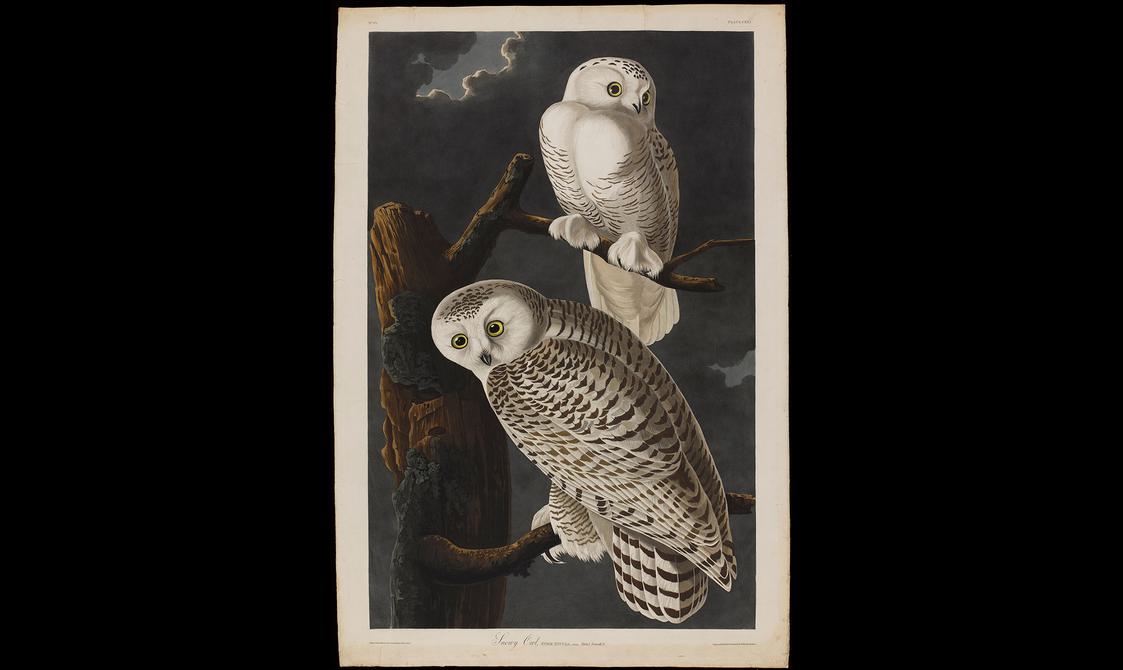
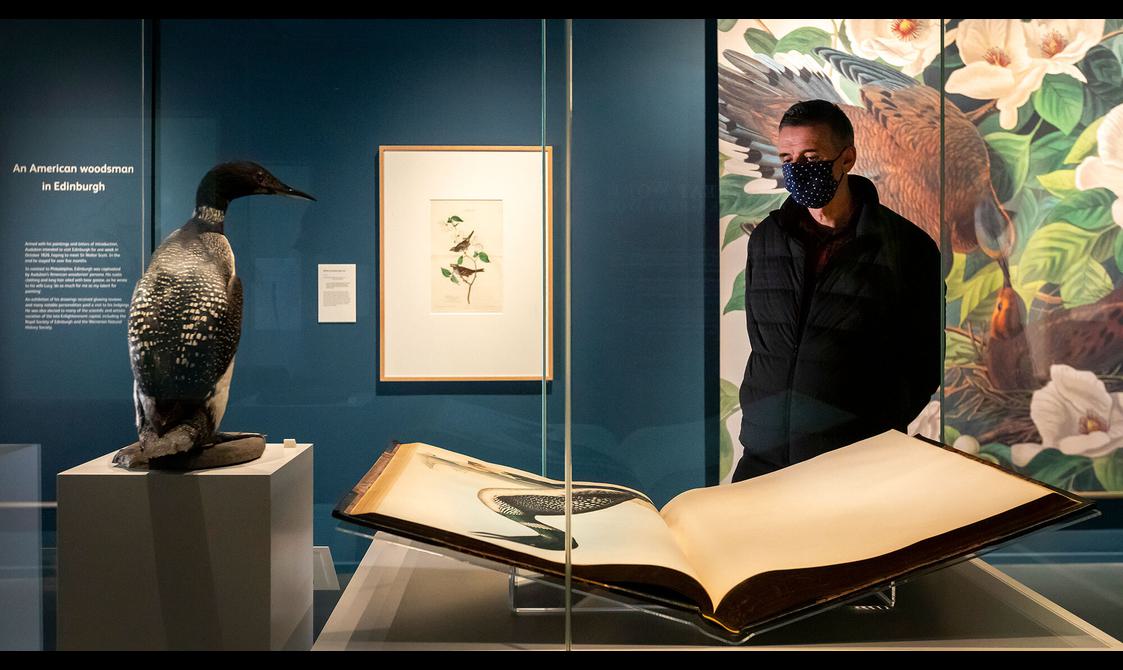
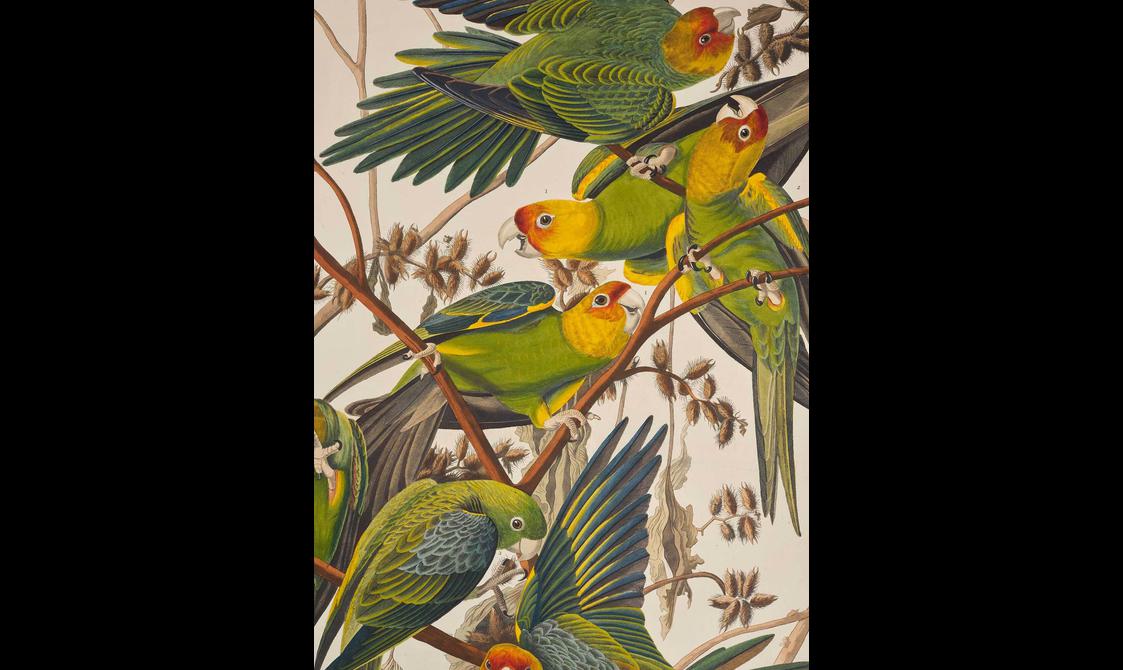
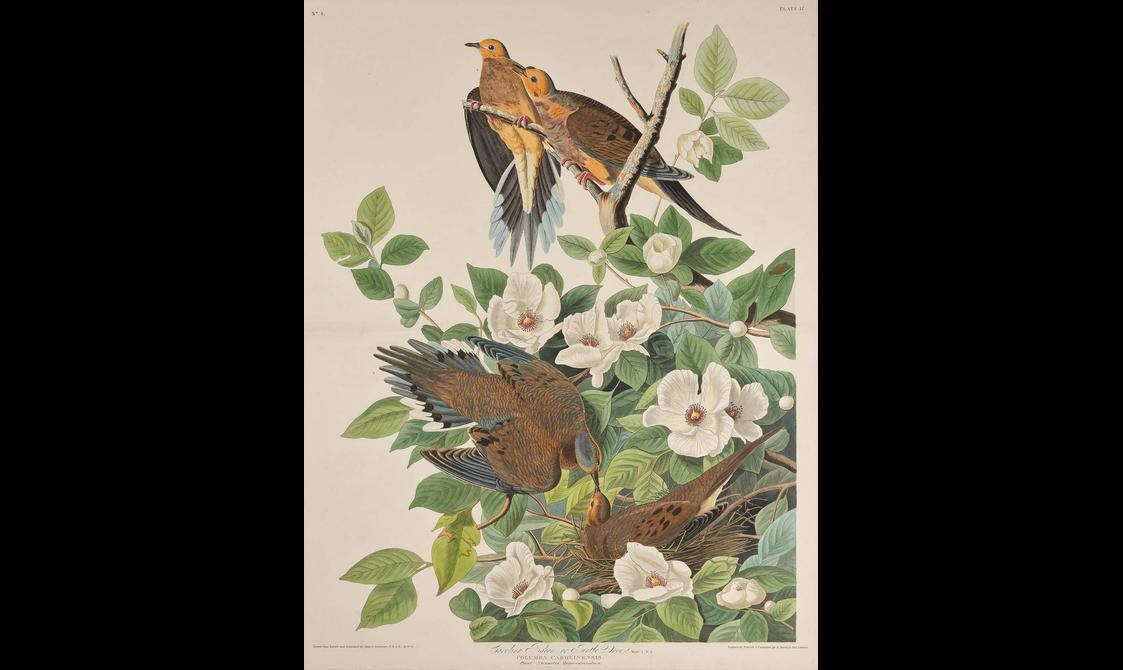
Supported by players of People's Postcode Lottery
You might also like
- Discover

The pioneering women of ornithology
Known as ‘the good ladies' of bird collecting, Dr Evelyn Baxter (1879–1959) and Leonora Rintoul (1878–1953) were born one year, and just a few miles apart, in Fife. Together they devoted their lives to collecting and studying the birds of…Keep reading - Discover

Where do taxidermy animals come from?
If you’ve ever visited the Natural World galleries at the National Museum of Scotland, you will be no stranger to animal taxidermy. From echidnas to elephants, voles to vampire bats, it’s quite the spectacle. But have you ever wondered…Keep reading - Discover
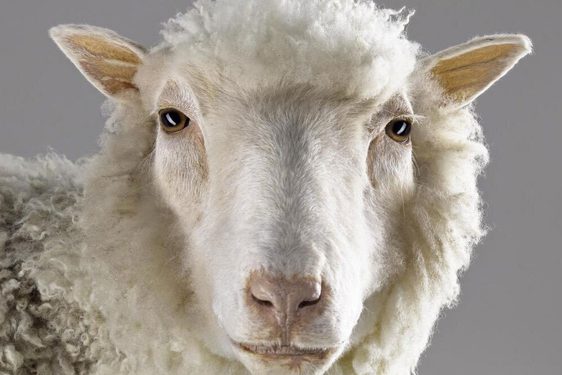
The story of Dolly the sheep
Dolly the sheep was the first cloned mammal ever to be created from an adult cell. Affectionately named after country music legend Dolly Parton, Dolly caused excitement and controversy among both scientists and the public.Why is Dolly…Keep reading
